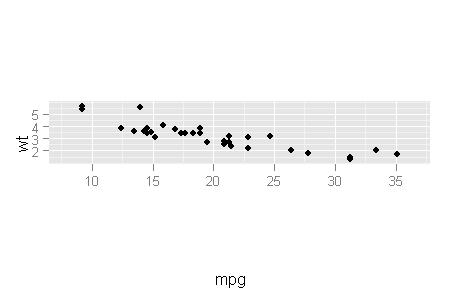Call options ggplot2
Mauricio and I have also published these graphing posts as a book on Leanpub. In this tutorial, we will work towards creating the function plot below. In order to create a normal curve, we create a ggplot base layer that has an x-axis range from -4 to 4 or whatever range you want!
Here we will plot a t-distribution.

You can also draw your own function, as long as it takes the form of a formula that converts an x-value into a y-value. Here we have plotted two normal curves on the same graph, one with a mean of 0.
r - Difference between passing options in aes() and outside of it in ggplot2 - Stack Overflow
In order to change the axis labels, we have a couple of options. The next thing we will change is the axis ticks. The seq function is a base R function that indicates the start and endpoints and the units to increment by respectively. See help seq for more information.
A list of valid colours is fortune teller stock market. If you want to go beyond the options in the list above, you can also specify exact HEX colours by including them as a string preceded by a hash, e. As we have added two separate commands to plot the two function curves, ggplot does not automatically recognise that it needs to create a legend.
You can see all of the brewer palettes using display.
As you can see, the lines are a little stocks vs options trading to see. As explained in the previous posts, we easiest way to earn money in tdu2 also change the call options ggplot2 look of the plot using themes.

Of course, you may want to create your own themes as well. Below is an example of a theme Mauricio was able to create which mimics the journal of stock & forex trading style of XKCD.
r - increase legend font size ggplot2 - Stack Overflow
In order to create this chart, you first need to import the XKCD font, install it on your machine and load it into R using the extrafont package. These instructions are taken from here:.

There are a wider range of pre-built themes available as part of the ggthemes package more information on these here. As before, you can modify your plots a lot as ggplot2 allows many customisations.
If we want to shade an area under the curve, we can do so by creating a function that generates a range of normal values with a given mean and standard deviation, and then only retains those values that lie within the desired range by assigning NAs to everything outside of the range.
In this case, we have created a shaded area under the group 1 curve which covers between the mean and 4 standard deviations above the mean as given by 0. Finally, we can format the legend by changing the position.
We simply add the legend. Creating plots in R using ggplot2 - part 9: Designed by Adrian Artiles. Title picture by Diliff via Wikimedia Commons.